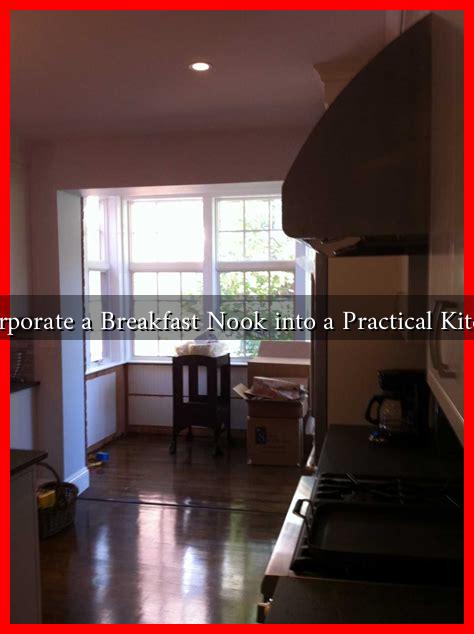-
Table of Contents
How to Incorporate a Breakfast Nook into a Practical Kitchen Design
The kitchen is often considered the heart of the home, a place where families gather to cook, eat, and share stories. One way to enhance this space is by incorporating a breakfast nook, a cozy area designed for casual dining. This article explores how to effectively integrate a breakfast nook into a practical kitchen design, ensuring it complements both functionality and aesthetics.
Understanding the Benefits of a Breakfast Nook
Before diving into design strategies, it’s essential to understand why a breakfast nook can be a valuable addition to your kitchen:
- Space Optimization: A breakfast nook can utilize underused corners or alcoves, maximizing the kitchen’s layout.
- Informal Dining: It provides a casual space for quick meals, making it ideal for busy mornings.
- Family Bonding: A dedicated area for meals encourages family interaction and connection.
- Design Aesthetic: A well-designed nook can enhance the overall look of the kitchen, adding charm and character.
Choosing the Right Location
The first step in incorporating a breakfast nook is selecting the right location within your kitchen. Here are some tips:
- Corner Spaces: Utilize corners that may otherwise go unused. A corner bench can create a cozy atmosphere.
- Near Windows: Positioning the nook by a window allows for natural light, making the space more inviting.
- Adjacent to the Kitchen Island: If you have a kitchen island, consider placing the nook nearby for easy access to food and drinks.
Designing the Breakfast Nook
Once you’ve chosen a location, it’s time to focus on the design elements. Here are some key considerations:
Seating Options
The type of seating you choose can significantly impact the nook’s comfort and style:
- Built-in Benches: These can save space and provide storage underneath.
- Freestanding Tables and Chairs: Offers flexibility and can be easily rearranged.
- Banquette Seating: A popular choice that combines comfort with style, often with cushions for added coziness.
Table Size and Shape
The table should complement the seating and fit the available space:
- Round Tables: Ideal for smaller nooks, promoting conversation and easy movement.
- Rectangular Tables: Better for larger spaces, accommodating more people.
- Extendable Tables: A versatile option for those who entertain frequently.
Decor and Ambiance
Creating a welcoming atmosphere is crucial. Consider the following:
- Lighting: Pendant lights or wall sconces can add warmth and style.
- Color Schemes: Choose colors that complement your kitchen’s palette, using soft tones for a calming effect.
- Accessories: Incorporate cushions, table runners, and artwork to personalize the space.
Case Studies: Successful Breakfast Nook Integrations
Several homeowners have successfully integrated breakfast nooks into their kitchens, showcasing various styles and layouts:
- Modern Minimalist: A sleek, white kitchen with a small round table and minimalist chairs creates a clean look.
- Rustic Charm: A farmhouse-style nook with reclaimed wood benches and a large farmhouse table invites warmth and comfort.
- Contemporary Chic: A nook with bold colors and modern furniture can serve as a statement piece in a contemporary kitchen.
Conclusion
Incorporating a breakfast nook into your kitchen design can enhance both functionality and aesthetics. By carefully selecting the location, designing the seating and table, and creating a welcoming ambiance, you can create a space that fosters family interaction and adds charm to your home. Whether you opt for a cozy corner or a stylish banquette, a breakfast nook is a practical addition that can transform your kitchen into a more inviting and enjoyable space.
For more inspiration on kitchen designs, consider visiting Houzz, where you can explore various styles and ideas tailored to your preferences.

